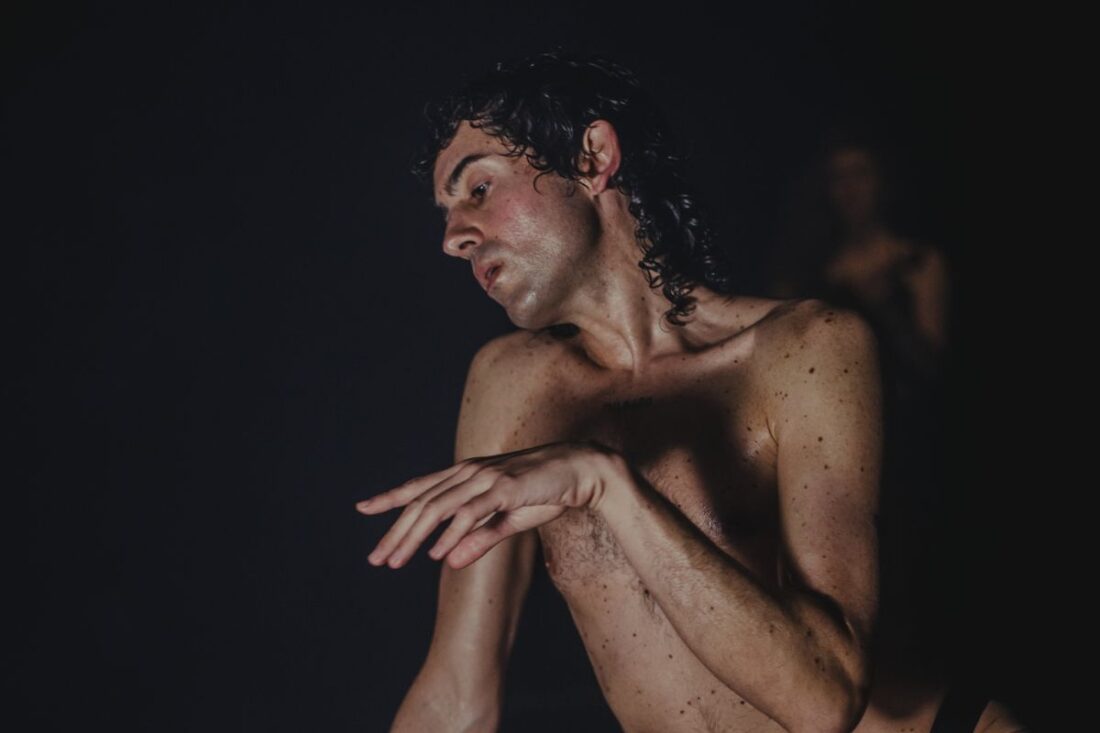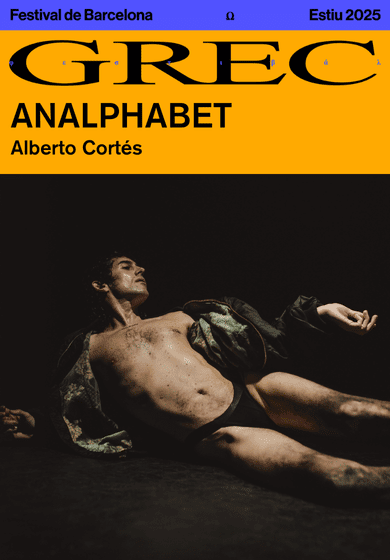
‘Analphabet’, a romantic ghost wounded by intragden violence
A ghost visits couples when love becomes abuse. Orderry is a spectral entity “crossed by the wound and trapped in the past” As it presents it Alberto Cortés. Perhaps this is precisely because of this, the director and playwright adds, he is able to “put a little order or, above all, to offer help or consolation” in front of the abuse.

A pain that transcends rationality
In the artistic universe of Cortés, nothing is a coincidence. Orderry “Analyphate in German,” he says, “it had to be the name of the ghost” as it responds to a dual metaphorical will. On the one hand, it allows you to move away from rationality to use “the emotional construction of the entire love relationship, which cannot be explained in words”. On the other, drink from the thought ofAnne Carson and José Bergamínwhich point out how “literacy left many expressions that poetry was able to convey” and link illiteracy to poetry.
The influence of the poetry of German romanticism deeply permeates the proposal. “I connected with authors like Goethe, Hölderlin or Noveliswho talked about this passionate relationship with love and landscape, “he recalls. In addition, the natural landscape that Cortés calls us is not a neutral scenario:” I always write from things that have crossed me, “he admits. Specifically, he reveals how” Euskadi is the battlefield in the history ofOrderry is the place of origin of her beloved. “
Embrace vulnerability as a source of healing
The need to take his own experiences as a starting point for art, also leads him to address an invisible reality: intragonese violence within Queer relationships. Between people of the same genre, he recounts, “violent dynamics are also reproduced.” He knows first -hand how dissidents “are still marked by a patriarchal heritage”. Even outside the field of heteronormativity, “a power struggle between two men who are imposing their worth or power is often disputed.” It is a matter, he denounces, that although “it is very little, it happens much more than we think.”

For Cortés, the scene is not only an exhibition space, it is also repair: “The importance of treating this problem is, first of all, by personal healing”. “I do not work to teach anything, or because they save anyone,” he maintains. However, he acknowledges that another thing is that creation reaches the one who looks: “I think when I open this way on stage, things happen to the viewer who transform him.” So the experience with Orderry He has shown to Cortés how the audience can embrace his vulnerability and how, in this embrace, he can reflect, learn and, in short, heal.
More information, pictures and entries at:









